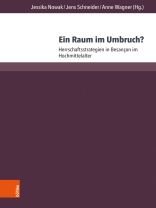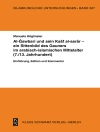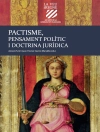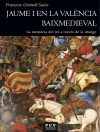Am 1. Januar 2016 wurden im Rahmen der französischen Gebietsreform die Regionen Bourgogne und Franche-Comté verschmolzen. Auch wenn die Bezeichnung »Freigrafschaft« erst aus dem Spätmittelalter stammt, weist die am Rande des einstigen Königreichs Burgund gelegene Grafschaft doch bereits um die erste Jahrtausendwende eine besondere Dynamik zwischen dem Reich und Frankreich auf. Umso bemerkenswerter ist es, dass diese Gegend bislang eher im Schatten blieb. Ziel des Bandes ist es daher, mehr Licht auf diese verhältnismäßig wenig beachtete Grafschaft zur Zeit des Hochmittelalters zu werfen und auch den Raum der Diözese Besançon näher zu beleuchten. / In January 1st 2016, the regions of Burgundy and Franche-Comté were merged in the context of the French territorial reform. Even though the designation ‘Franche Comté’ (‘Free County of Burgundy’) derives from the Late Middle Ages, the county – situated at the margins of the former kingdom of Burgundy – had already revealed particular dynamics between France and the Empire around the turn of the first millennium. It is all the more remarkable that this region has to date remained obscure. The present volume aims to shed some light upon this relatively unknown county during the High Middle Ages and to provide an insight into the diocese of Besançon during that period.
Giới thiệu về tác giả
Jun.-Prof. Dr. Matthias Weber studierte Geschichte und Germanistik an der Ruhr-Universität Bochum. Seit 2014 ist er Mitarbeiter im Akademieprojekt der Regesta Imperii an der Akademie für Wissenschaften und Literatur in Mainz und seit 2021 Juniorprofessor in Bochum.












